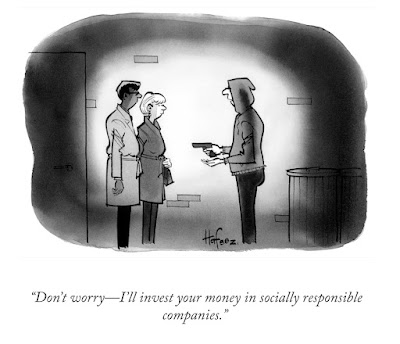NASA's James Webb Space Telescope, scheduled to launch on December 18, is the $10-billion successor to the Hubble Space Telescope. When deployed, the new infrared Webb telescope will operate from a vantage point and solar orbit of nearly one million miles from Earth, compared to Hubble's perch and Earth orbit of 340 miles.
Described as the world's largest telescope, it will be 100 times more powerful than Hubble, with the ability to "peer back in time over 13.5 billion years to see the first galaxies born after the Big Bang."






